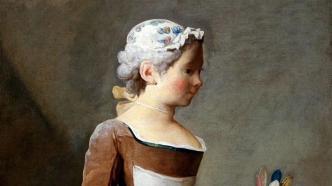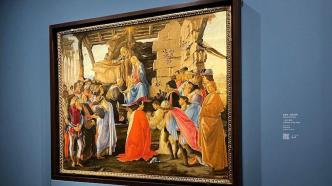
The special exhibition "Botticelli and the Renaissance" from the Uffizi Art Museum in Italy is being exhibited at the Dongyi Art Museum in Shanghai. A series of cultural exchange activities revealed in an interview with The Paper that Dongyi Art Museum and the Uffizi Museum of Art's "Five Years and Ten Exhibitions" strategic cooperation, the third exhibition "Eighteenth Century European Masters" exhibition will be held on September 28 this year. held in Shanghai.
This special exhibition will feature 72 important works from the Uffizi Gallery collection. Among them, the works of Francisco Goya, François Boucher, Canaletto and others are included to piece together a complete blueprint of European art in the 18th century for the audience, presenting the artistic charm and cultural scene belonging to that era.
Sieker told The Paper, "Every exhibition launched by the Uffizi hopes to have a specific theme and maintain depth, beauty and rich knowledge. Our cooperation with China has always been a priority. From the perspective of cooperation , Shanghai has a very prominent position in China, with a superior geographical location and complete infrastructure, the public in Shanghai, as well as the public around Shanghai, can come here to visit these exhibitions of Western paintings."

Italian Ambassador to China Ambers and Uffizi Director Sciac watched the "Botticelli and the Renaissance" exhibition together
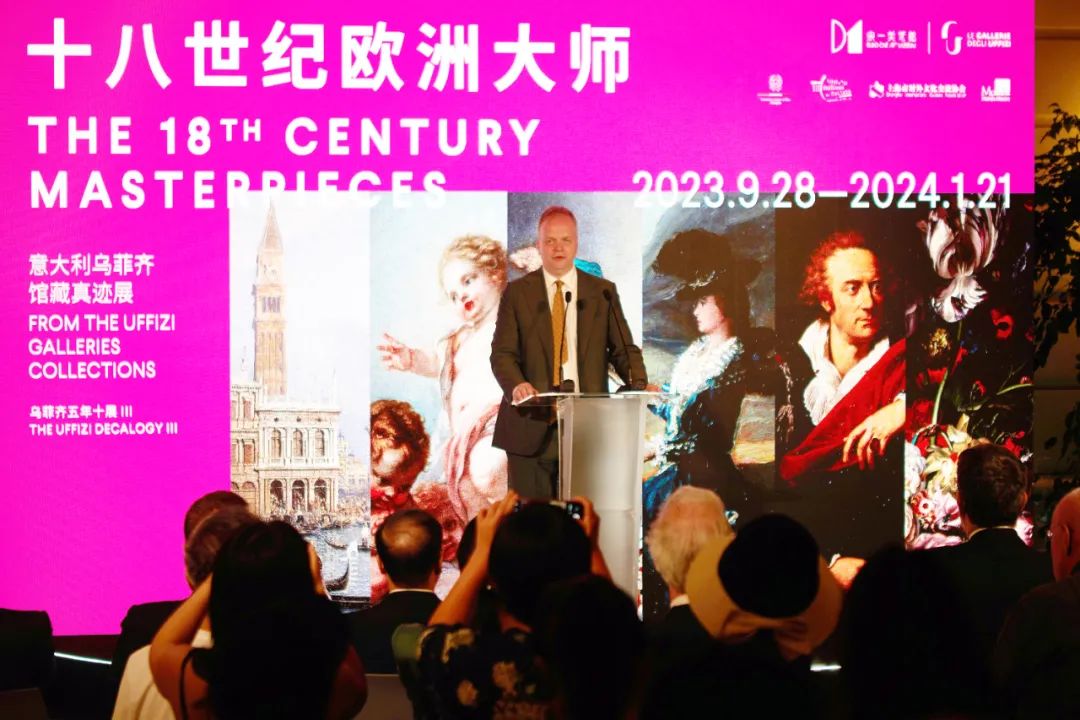
SIEC Officially Announces the "Eighteenth Century European Masters" Exhibition
"We have so many great masters to show. We want to present works from different time periods, different artists, different genres in a balanced way. This is a long-term collaborative project that will help maintain and promote Italian Cultural exchanges with China, Europe and China, and mutual understanding and understanding of history and art."
Charm from the East and the Age of Enlightenment
The Paper learned that the exhibition of "Eighteenth Century European Masters" is divided into five sections: "Portraits of the Royal Family and the New Society", "Genre Paintings, Landscapes and Still Lifes", "Myths, History and Classic Stories", and "The Birth of Tourism". and "local folk customs and oriental charm". The exhibition not only showcases the rich diversity of the collections of the Uffizi Gallery, but will also piece together a complete 18th-century European art blueprint for the audience, presenting the artistic charm and cultural landscape of that era.
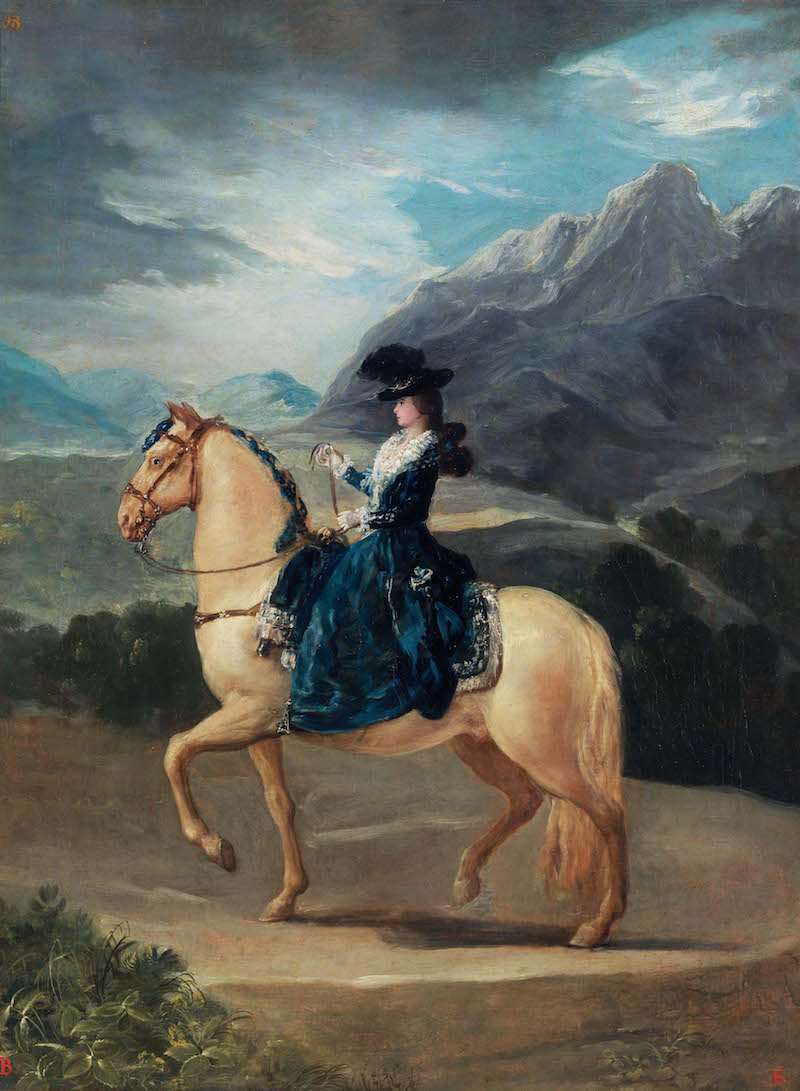
"Portrait of the Countess of Chinchon on Horseback"
Francisco Goya, 1783
Oil on canvas 82.5 x 61.7cm
©Photographic Department, The Uffizi Galleries -By Permission of the Ministry for Culture of Italy
The original work will be exhibited in Dongyi Art Museum
Among them, the works of Francisco Goya will be the top priority. Goya was the most important Spanish artist of the late 18th and early 19th centuries, serving three kings of Spain. The style of his works spanned from the late Rococo period to the romantic period, and had a great influence on the realism, romanticism and impressionism of later generations, and inspired the later edouard manet, Pablo Picasso and others. Painters such as Francis Bacon are important figures in the history of art.
As for the theme of "Eighteenth Century", Shi Aike said that this is a special period, and it is also a period that is more relevant to China. "Europe at the time had a great admiration for China. As the trade routes to China developed, Europeans were attracted to Chinese objects, especially porcelain. In fact, during the Renaissance, the Medici family tried to make their own pottery Unfortunately, it was not successful. In the 18th century, Europeans were still developing the possibility of making pottery by themselves. But in fact, on the contrary, European craftsmen saw the ancient traditions from China, and they admired them even more. This is a major feature. "For Europeans, the East is that mysterious and charming foreign land. Many oriental elements can be found in European paintings of the 18th century, highlighting the unique beauty of the fusion of Eastern and Western cultures.
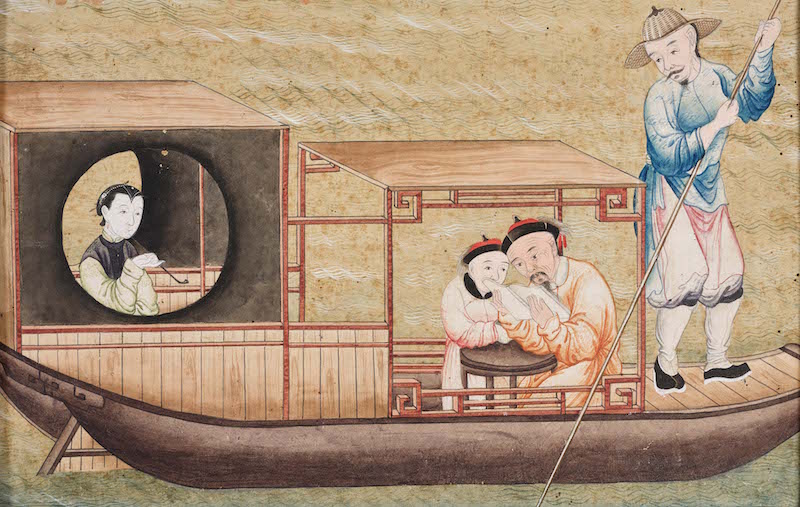
"Boat Trip"
Exported to China Second half of the 18th century Tempera on paper 35.5 x 54.8 cm
©Photographic Department, The Uffizi Galleries -By Permission of the Ministry for Culture of Italy
The original work will be exhibited in Dongyi Art Museum
At the same time, people in the 18th century were also influenced by the Enlightenment and the encyclopedia, eager to acquire knowledge and broaden their horizons by traveling thousands of miles, which laid the foundation for a new way of travel—no longer for economic purposes or For religious pilgrimage, but as a way of self-cultivation and leisure. This phenomenon also changed the trend of artistic creation at that time, especially the depiction of cities in landscape paintings became more and more popular. These cities made Venice, Florence, Rome and Naples the most popular tourist destinations in Italy in the 18th century, and they still are today.
Schaeker also emphasized the development of thought in the 18th century, "This period was also the age of enlightenment, the era of philosophers, and a large number of philosophers appeared, such as Hegel in Germany, who had an important influence on future generations. "
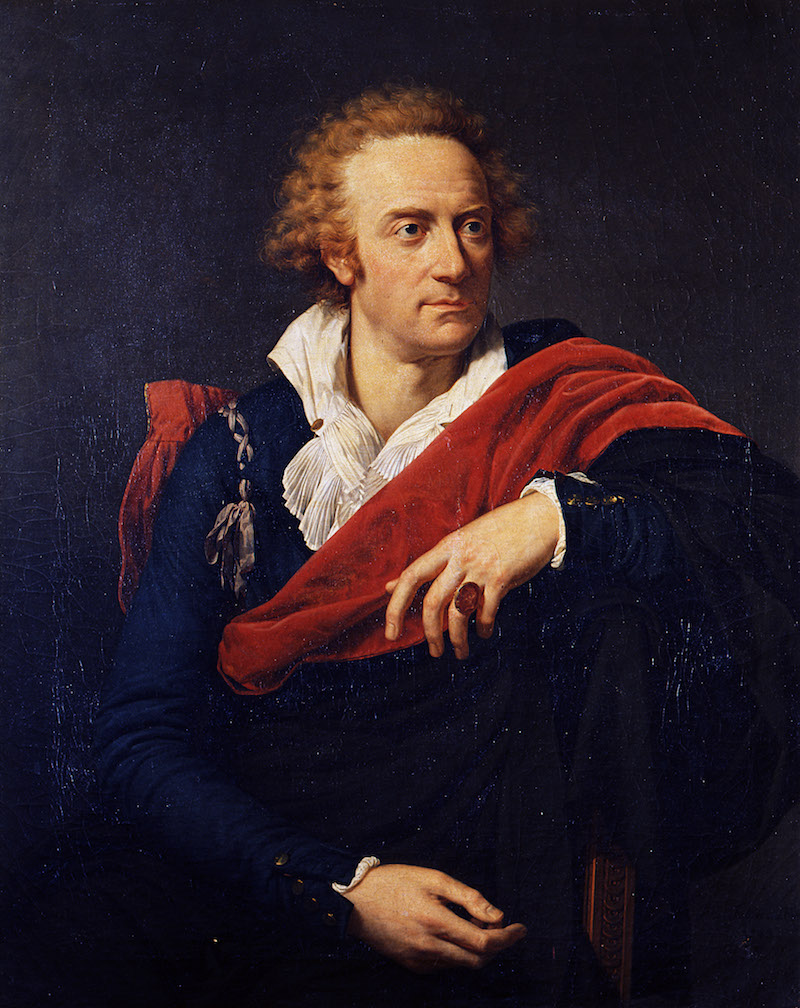
"Portrait of Vittorio Alfieri"
Francois-Xavier Fabre, 1793
Oil on canvas 93 x 73 cm
©Photographic Department, The Uffizi Galleries -By Permission of the Ministry for Culture of Italy
The original work will be exhibited in Dongyi Art Museum
Paintings that witness social development and changes
In the painting art of the 18th century, portraits fully reflected the social changes at that time. At that time, it was no longer the privilege of rulers and kings to have their own portraits. Other groups such as writers, poets, painters themselves, and even matadors and children could also have a place in the painting. People used portraits to reproduce themselves, which was unprecedented at that time.
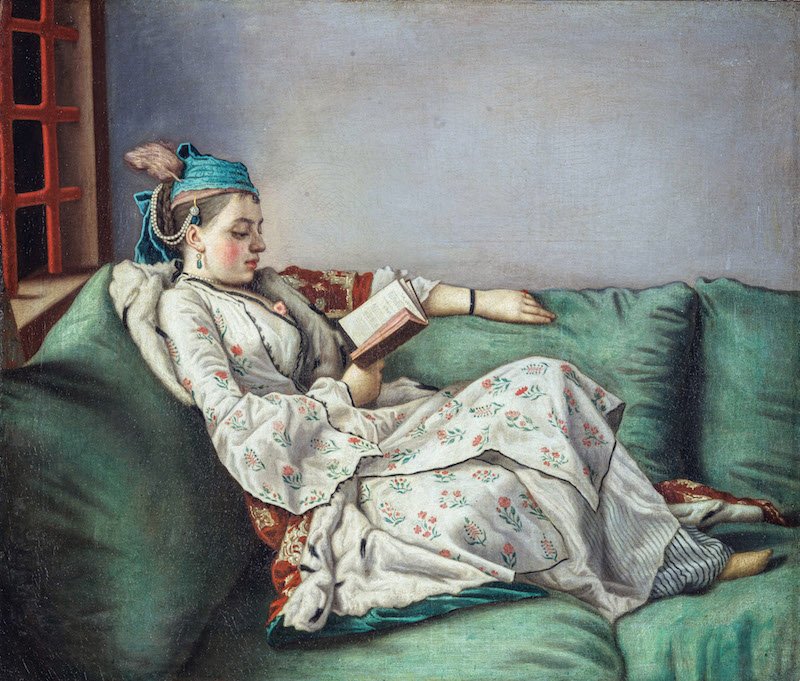
"Maria Adelaide in France in Turkish Style"
Jean-Etienne Lyotard, 1753
Oil on canvas 49.5 x 58.5cm
©Photographic Department, The Uffizi Galleries -By Permission of the Ministry for Culture of Italy
The original work will be exhibited in Dongyi Art Museum
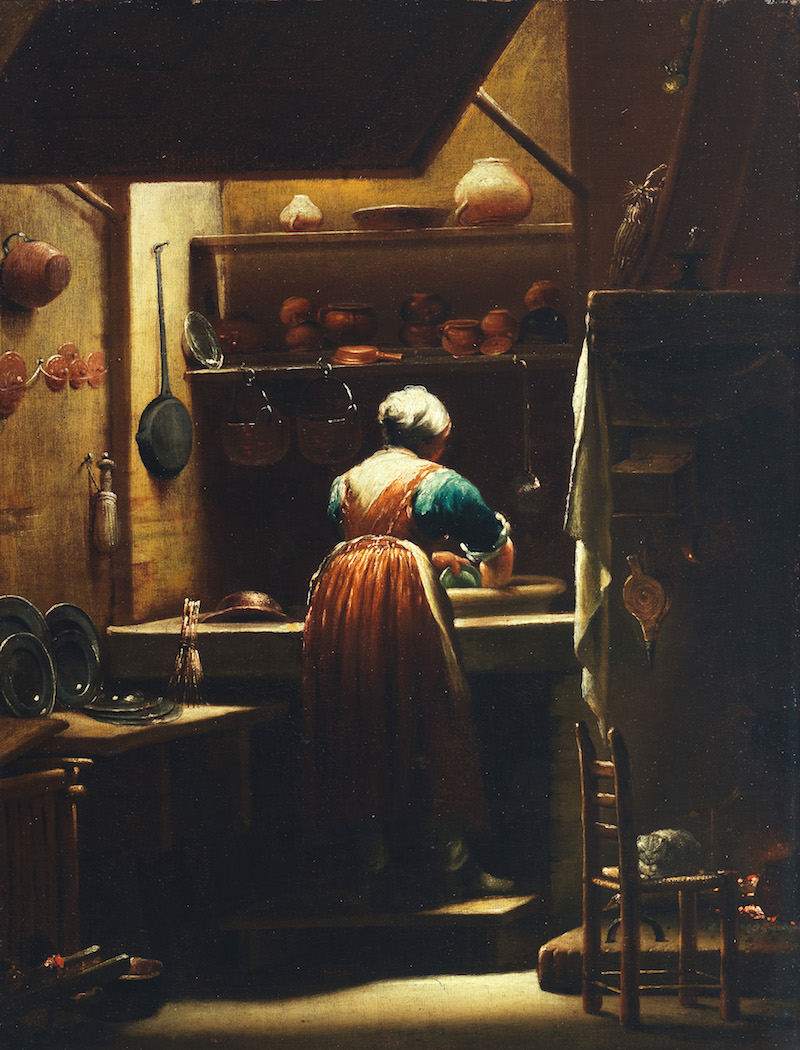
"The Woman Who Washes the Dish"
Giuseppe Maria Crespi, 1712
Oil on canvas 57 x 43 cm
©Photographic Department, The Uffizi Galleries -By Permission of the Ministry for Culture of Italy
The original work will be exhibited in Dongyi Art Museum
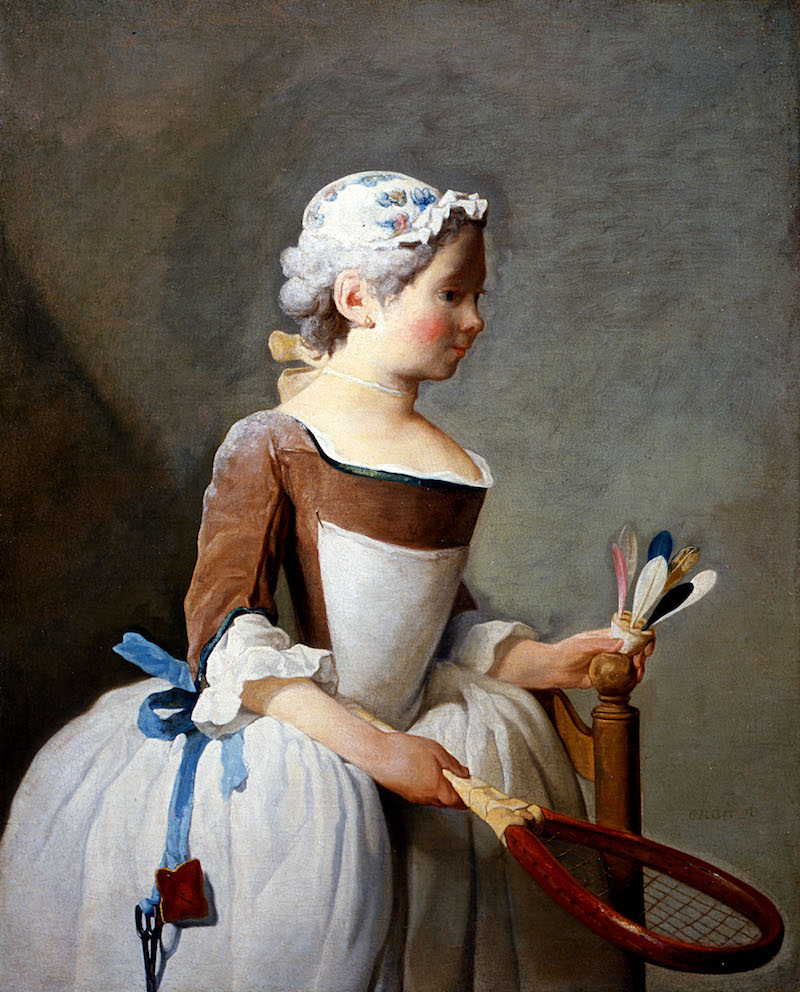
"A Kid Playing Badminton"
Jean-Baptiste Simeon Chardin, circa 1740
Oil on canvas 83 x 66 cm
©Photographic Department, The Uffizi Galleries -By Permission of the Ministry for Culture of Italy
The original work will be exhibited in Dongyi Art Museum
The popularization and popularization of portraits also promoted the development of genre paintings, which reproduced all aspects of daily life: washing dishes, playing badminton, pilgrimage, playing the flute... The life depicted by artists also brought us closer to that era. distance.
The demand for landscape painting and still life painting increased day by day in Europe in the 18th century, and so did Florence, where the Uffizi Gallery is located. The number of landscapes and still lifes in the Grand Duke's collections multiplied during this period, gradually enriching the typology that had begun in the seventeenth century.
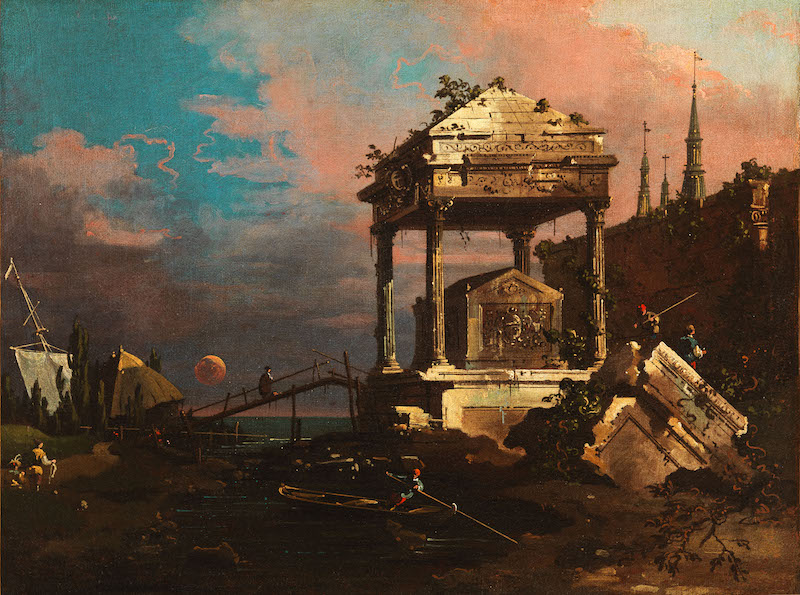
Caprice: Tombs by the Lagoon
Bellotto, Bernardo, circa 1740
Oil on canvas 44.5 x 50cm
©Photographic Department, The Uffizi Galleries -By Permission of the Ministry for Culture of Italy
The original work will be exhibited in Dongyi Art Museum

The Turkish Arms of Grand Duke Cosimo III de' Medici
Bartolomeo Bimbi, late 17th century oil on canvas 97 x 119 cm
©Photographic Department, The Uffizi Galleries -By Permission of the Ministry for Culture of Italy
The original work will be exhibited in Dongyi Art Museum
Of the landscapes to be exhibited, the most famous are undoubtedly those of Canaletto. He was the most outstanding landscape painter in Italy in the 18th century and an important member of the Venetian School. His paintings not only include the local landscape and landforms of Venice, but also include cultural activities such as festivals and celebrations. Venice on Canaletto's canvas is not just a faithful reproduction of reality, but a combination of his own imagination and realistic elements, leaving a unique Venice scenery for the world. These paintings were a great success in England at the time and were acquired in large numbers by King George III, and the Royal Collection still holds the largest collection of his paintings and drawings to this day.
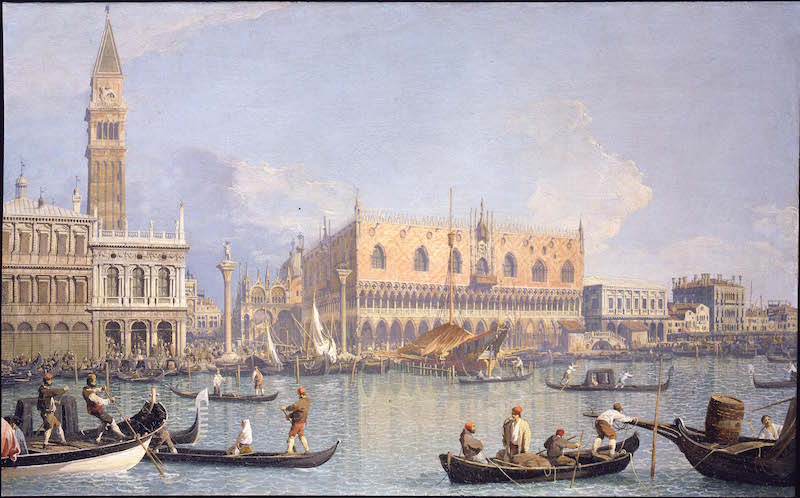
"Venice Ducal Palace and St. Mark's Square"
Antonio Canal, aka Canaletto, before 1755 oil on canvas 51 x 83cm
©Photographic Department, The Uffizi Galleries -By Permission of the Ministry for Culture of Italy
The original work will be exhibited in Dongyi Art Museum
This focus on the external world is a further manifestation of the secularization of painting, and historical paintings with narrative themes have also gone through this process-religious themes have decreased, and allegories or themes taken from ancient and modern literature have become a new fashion. People began to appreciate a delicate and fast way of painting, so the sketches of large-scale works were highly sought after, and the painter's composition ideas quickly stayed on the canvas in an almost impressionistic way. Near the end of the 18th century, the audience can also witness the rise of a neoclassical painting style that is rational and restrained and returns to academicism, reflecting the evolution of European painting trends in the 18th century and the artist's ability to innovate and reflect.
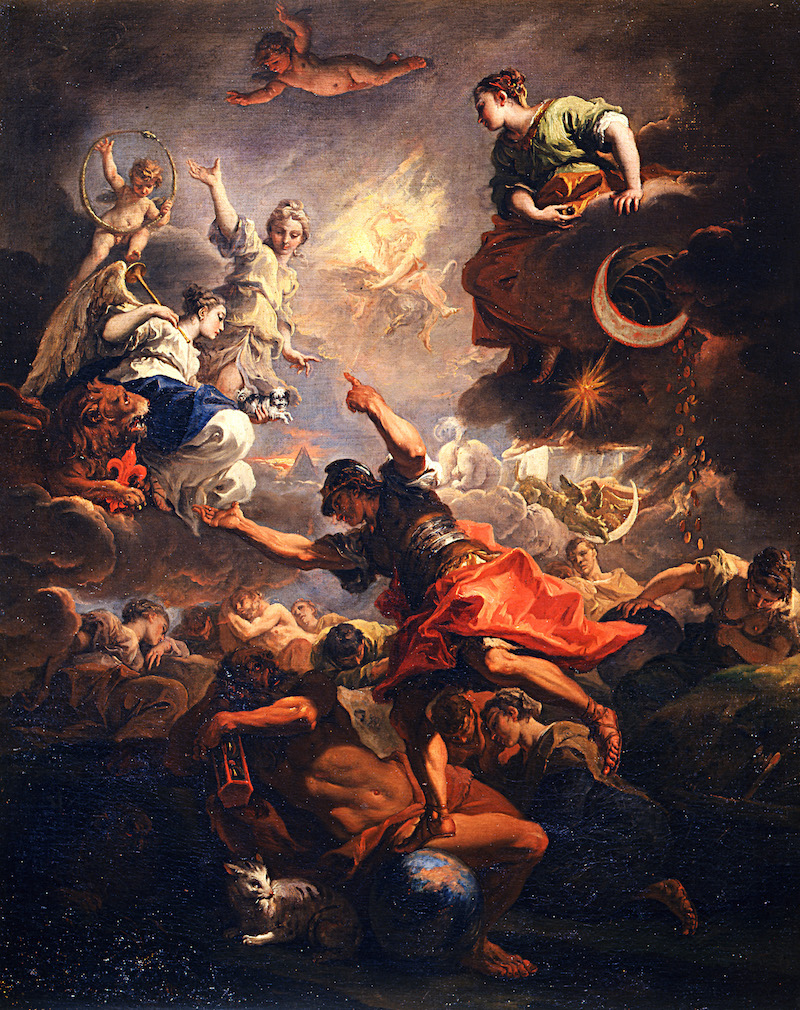
"Tuscan Fables"
Sebastiano Ricci, circa 1706
Oil on canvas 90 x 70.5 cm
©Photographic Department, The Uffizi Galleries -By Permission of the Ministry for Culture of Italy
The original work will be exhibited in Dongyi Art Museum

"Baby Jesus and Saint John"
Francois Boucher, 1758
Oil on canvas 50 x 44 cm
©Photographic Department, The Uffizi Galleries -By Permission of the Ministry for Culture of Italy
The original work will be exhibited in Dongyi Art Museum
Schaeker told The Paper, "The paintings on display will be from all over Europe, including works by Italian artists and French artists. Many works have never left the Uffizi Gallery. Today, some of the Uffizi The exhibition hall is being renovated, and we also hope to send these works out to more people to appreciate."
In the exhibition, François Boucher is the leader of the Rococo style, the most representative and individual French artist of fine arts and decorative arts in the 18th century. He once served as the chief painter in the court of Louis XV. Appreciated. Boucher has a wide range of works and a staggering number of them. The themes of his paintings are mostly mythology and rural scenery, and he is especially good at expressing the delicacy, delicacy and elegance of the Rococo period to the extreme.
"Eighteenth Century European Masters" will be on display from September 28, 2023 to January 21, 2024

